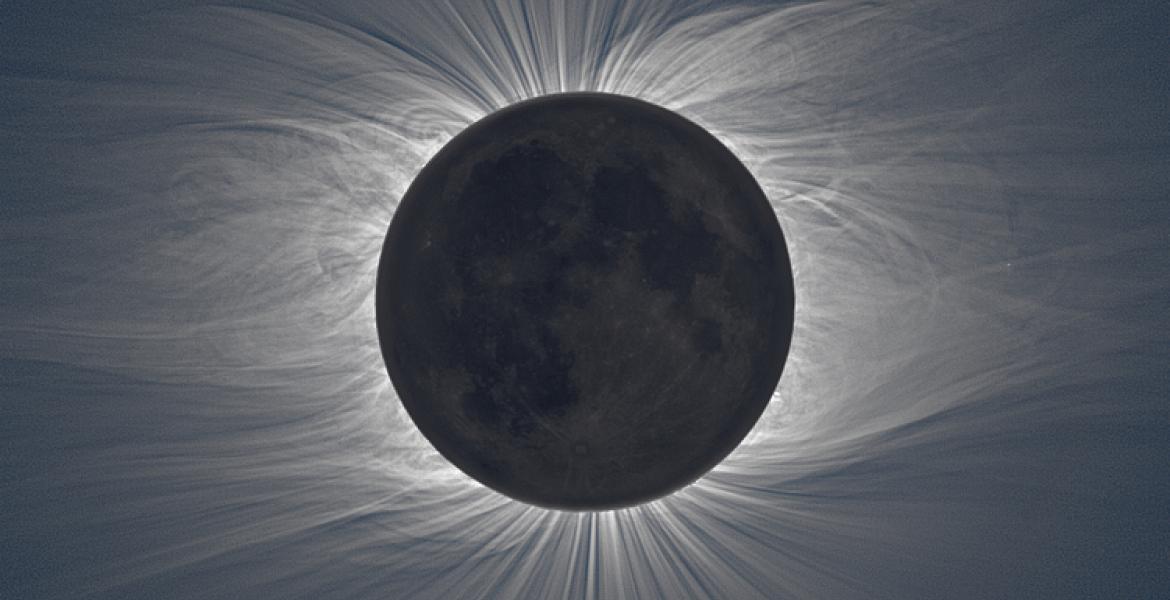When the Sun Goes Dark, UA Student's Skills Will Shine
Undergraduate Adriana Mitchell already has her sights set on distant planets. But first, thanks to a 2,500-mile-long virtual telescope, she is poised to find answers to questions about the sun that have eluded scientists for decades.
Adriana Mitchell, an undergraduate in optical sciences and engineering, will start her junior year at the UA this fall. But while many of her peers are busy moving into residence halls and ordering textbooks, she is getting ready to start the first day of classes pointing a telescope outfitted with a polarimeter at the sun.
I'm definitely going to grad school," says Adriana Mitchell. "Since I'm mostly interested in planetary science, I'd like to build instruments. Like an infrared imager or some type of spectrometer that could someday fly through the geysers on Saturn's moon Enceladus. That would be really cool."
This article appears in full at:


